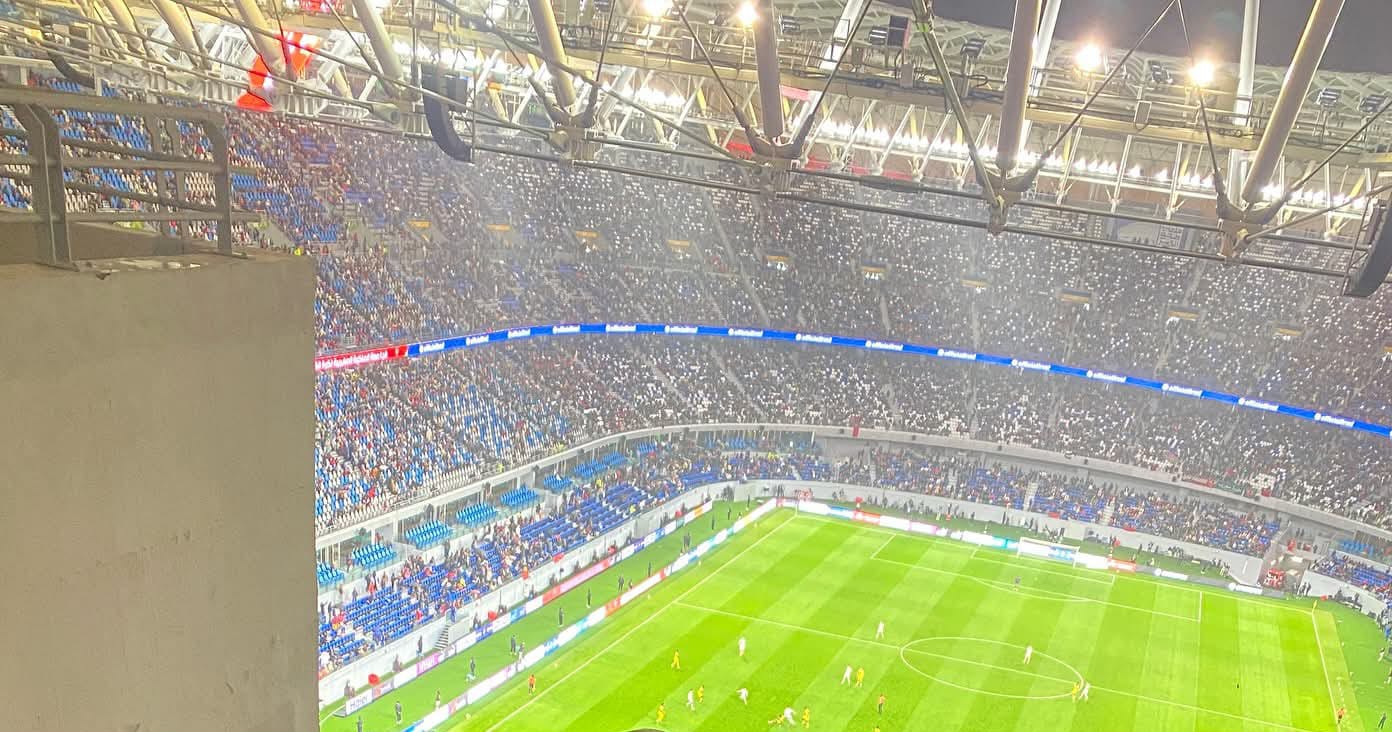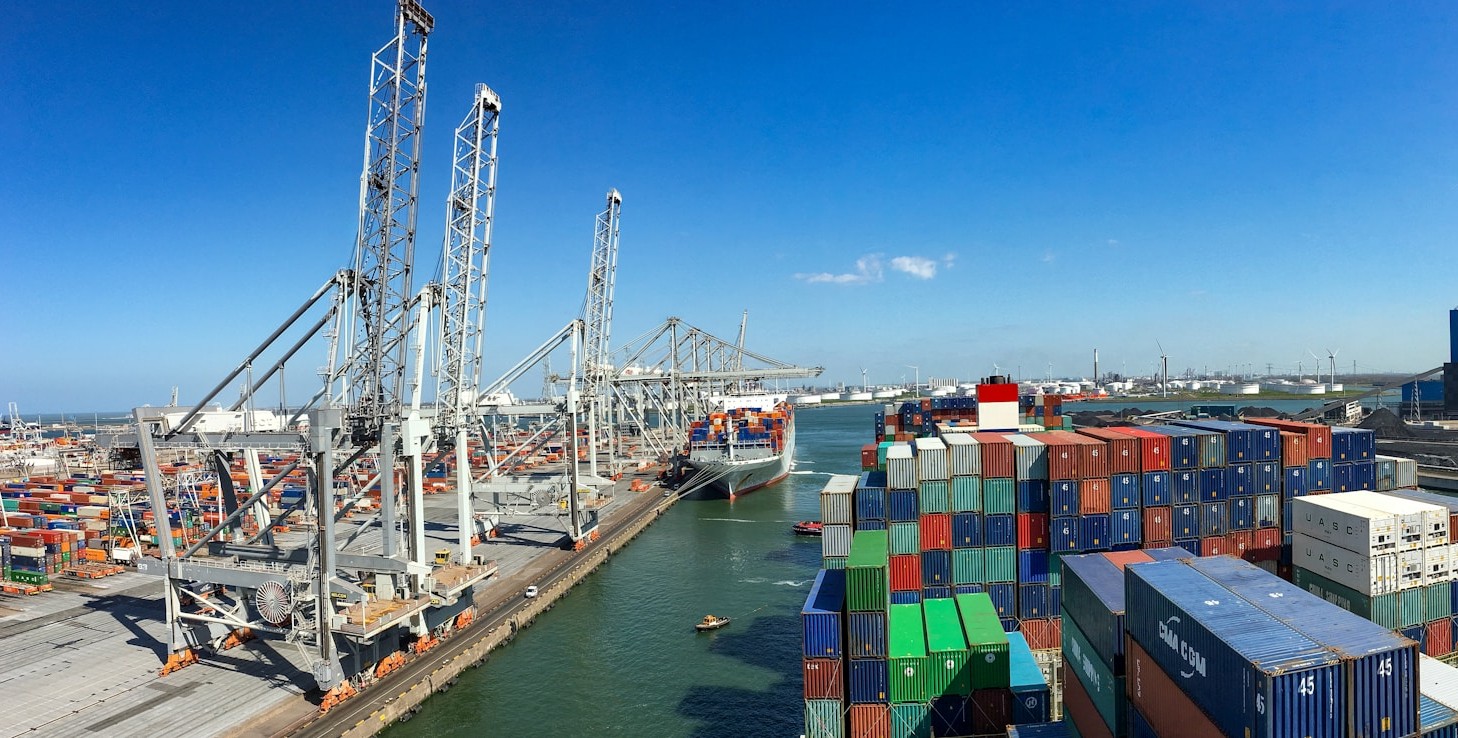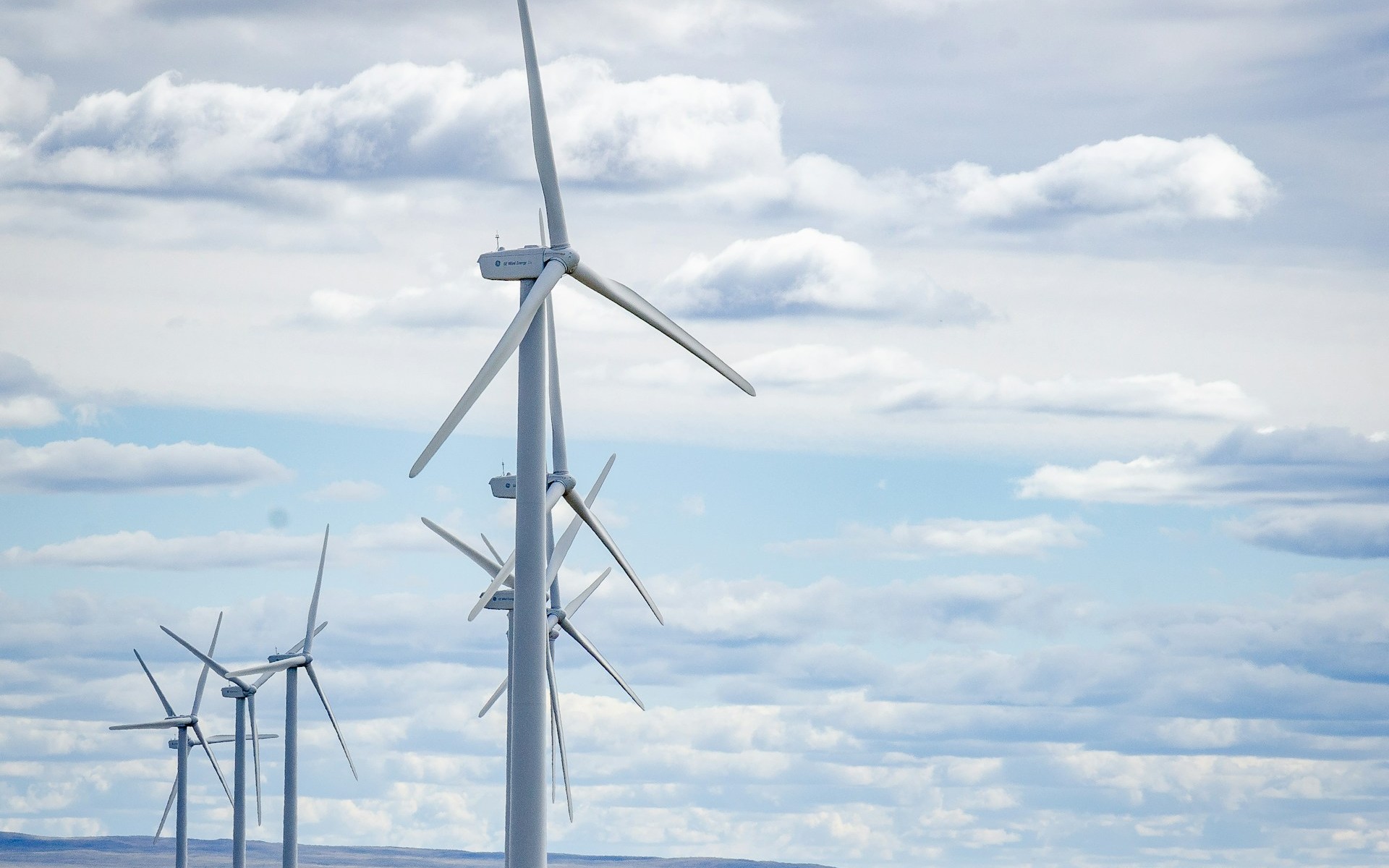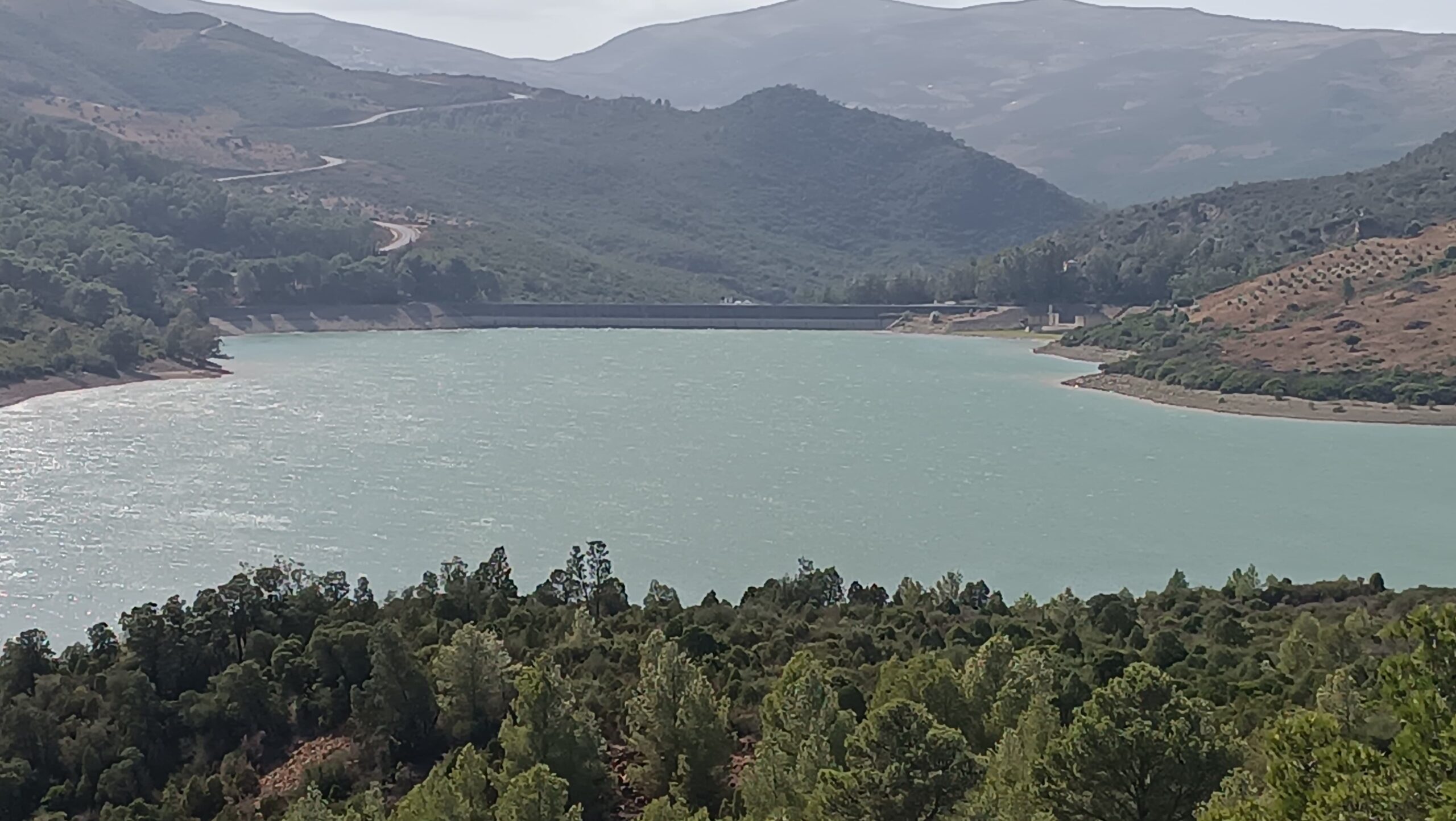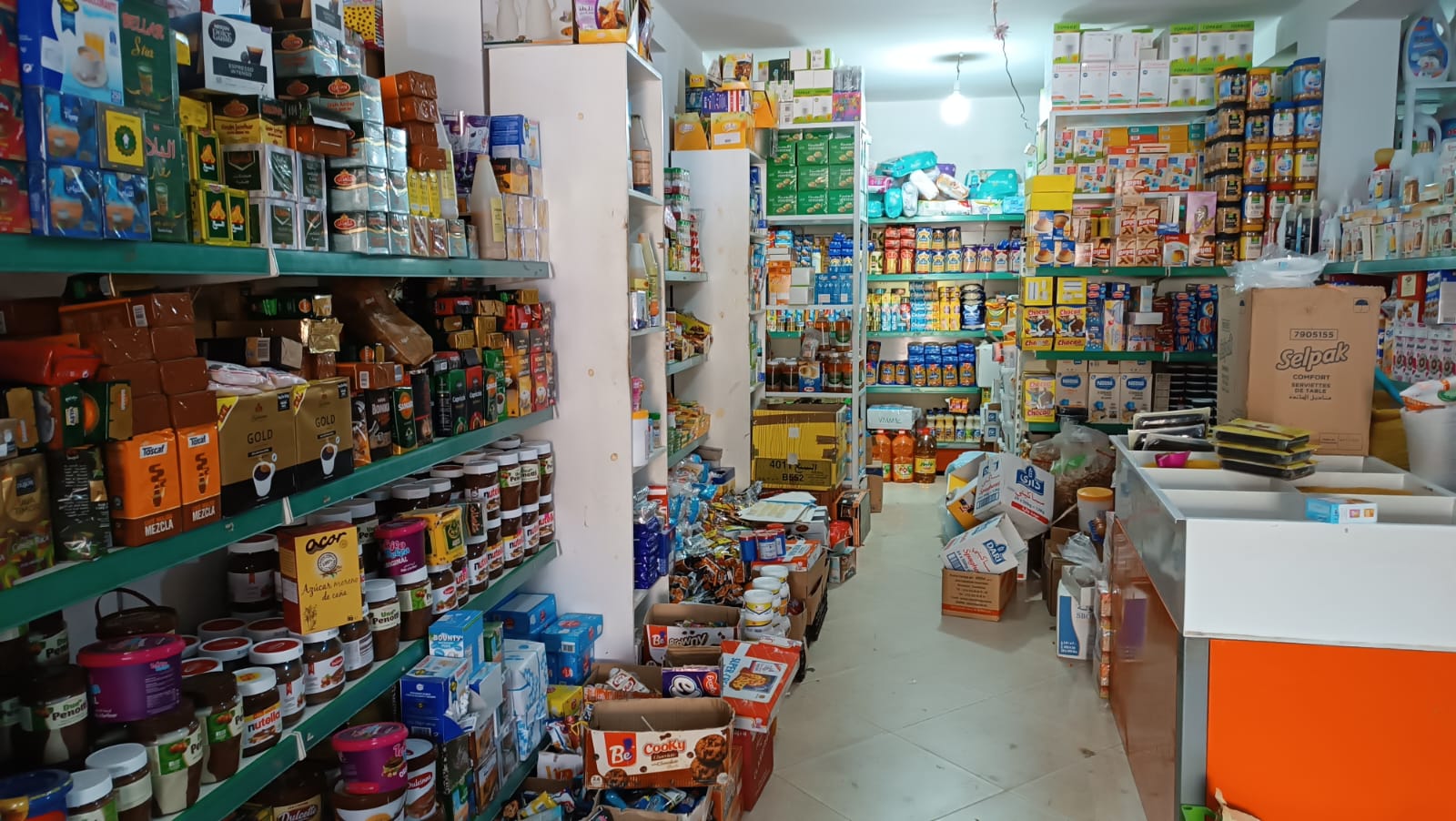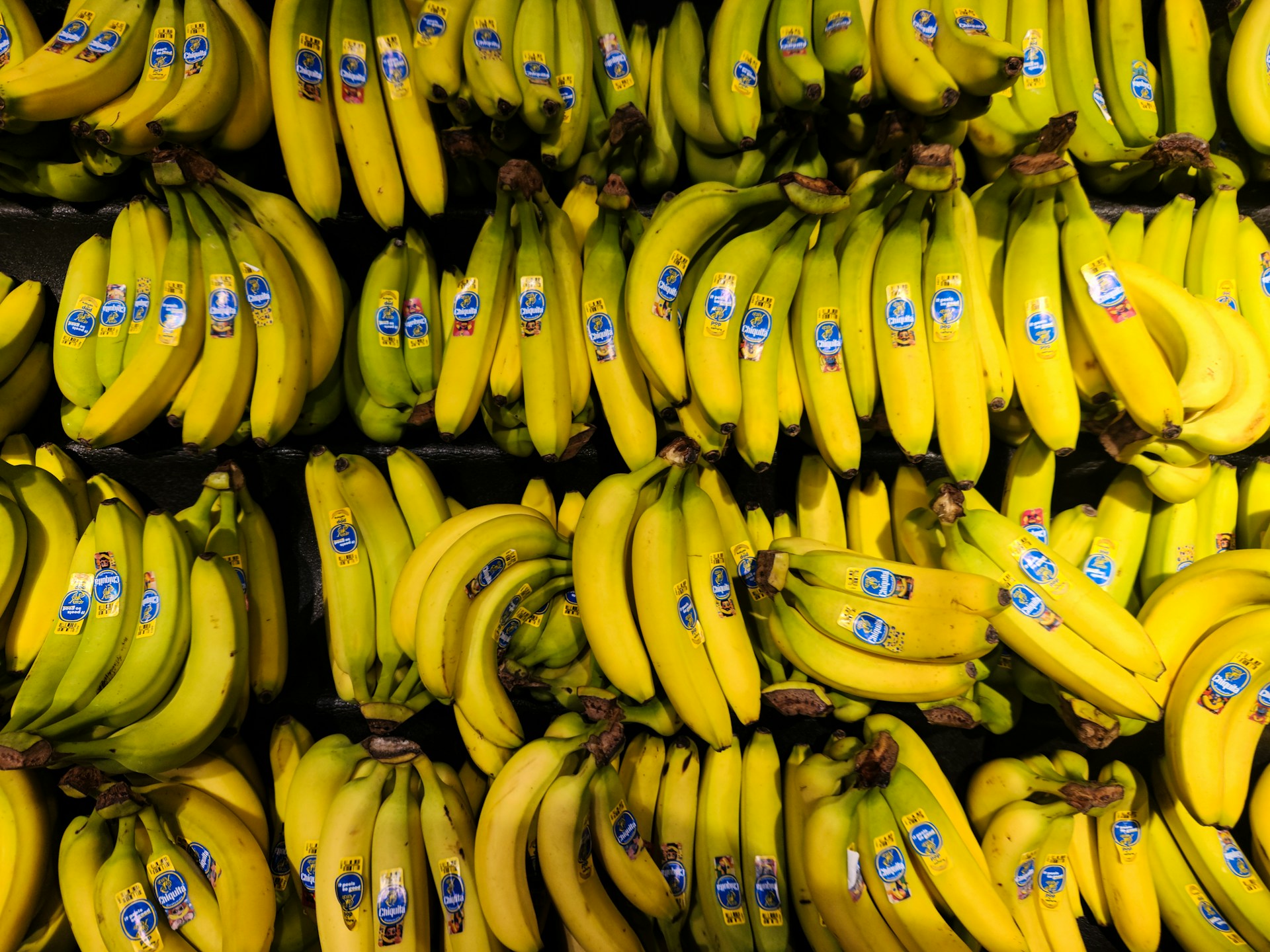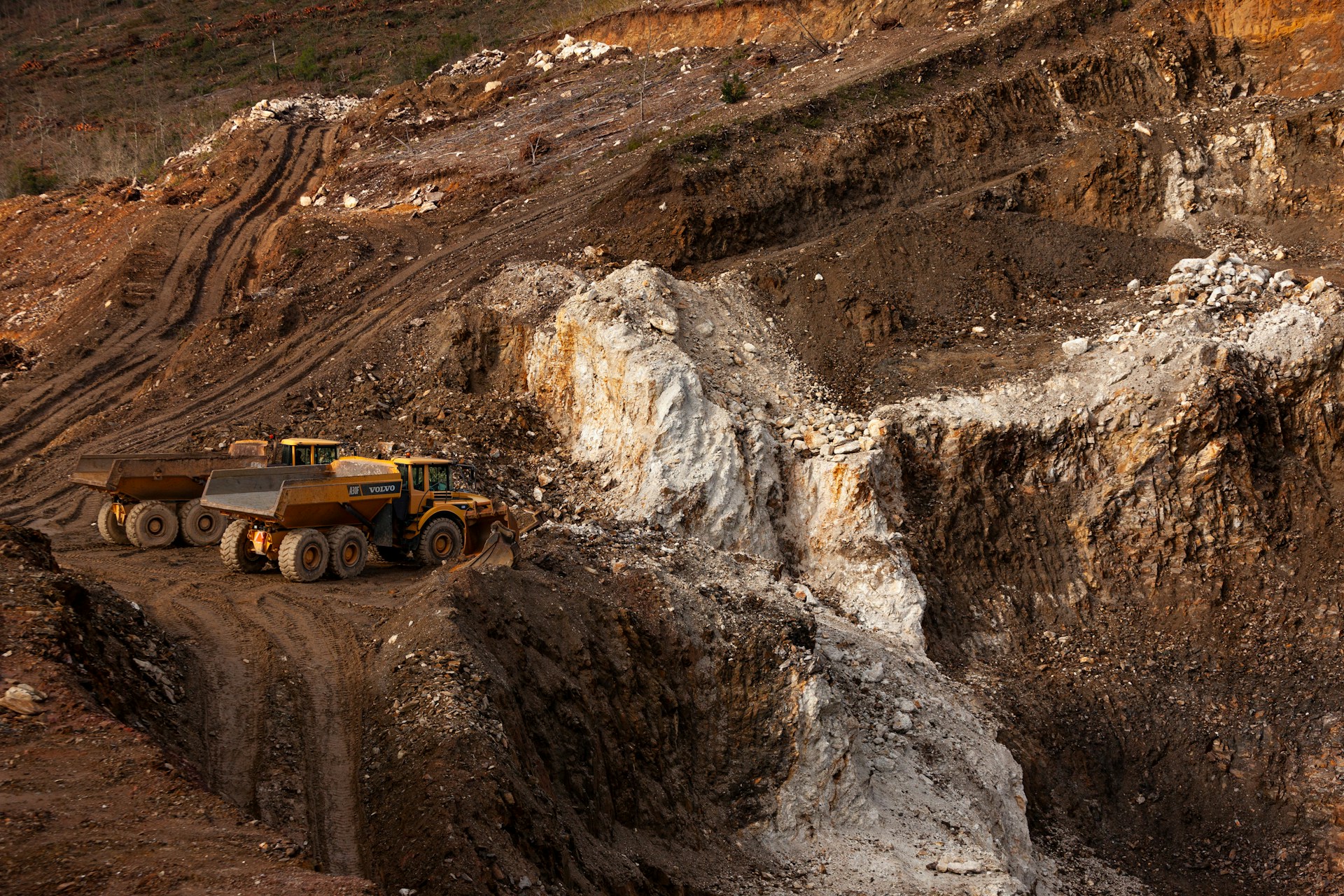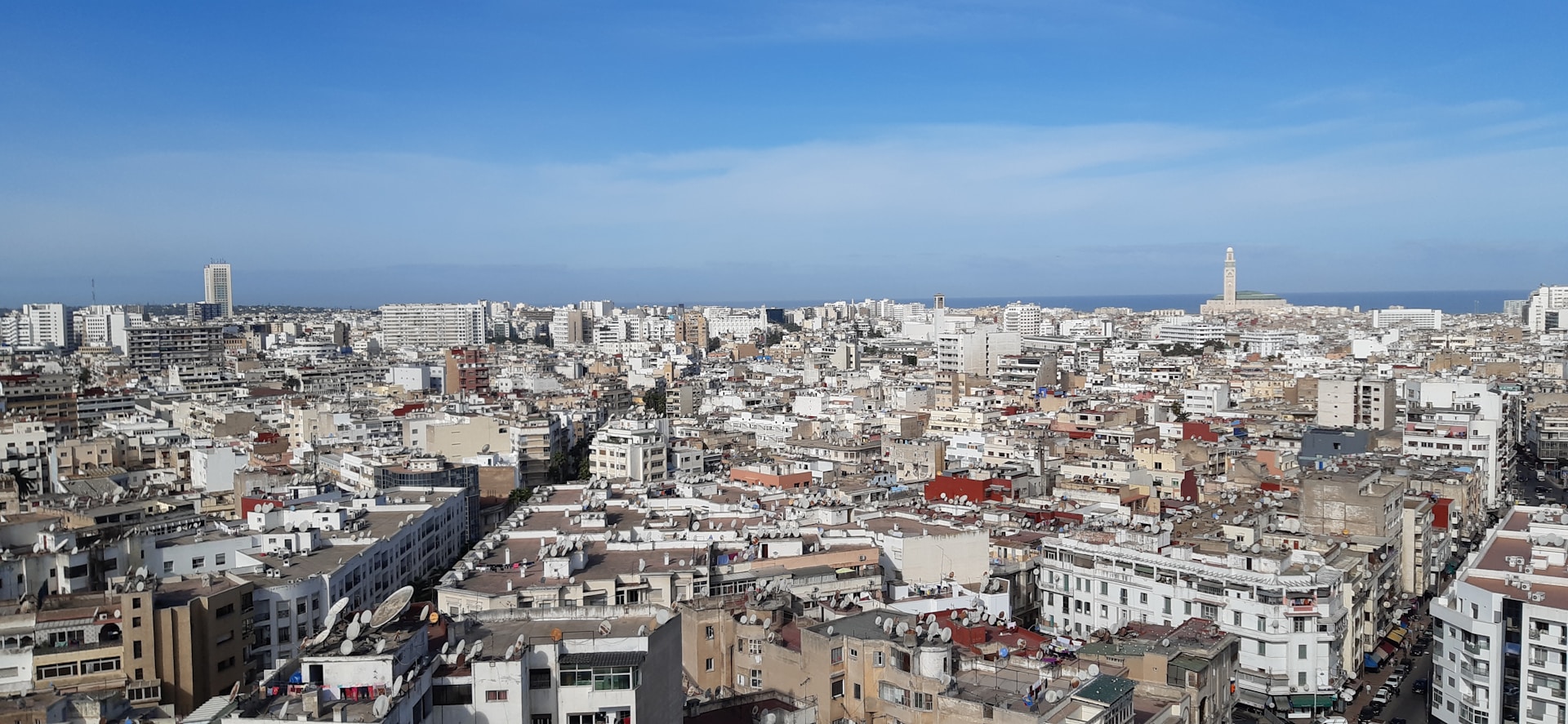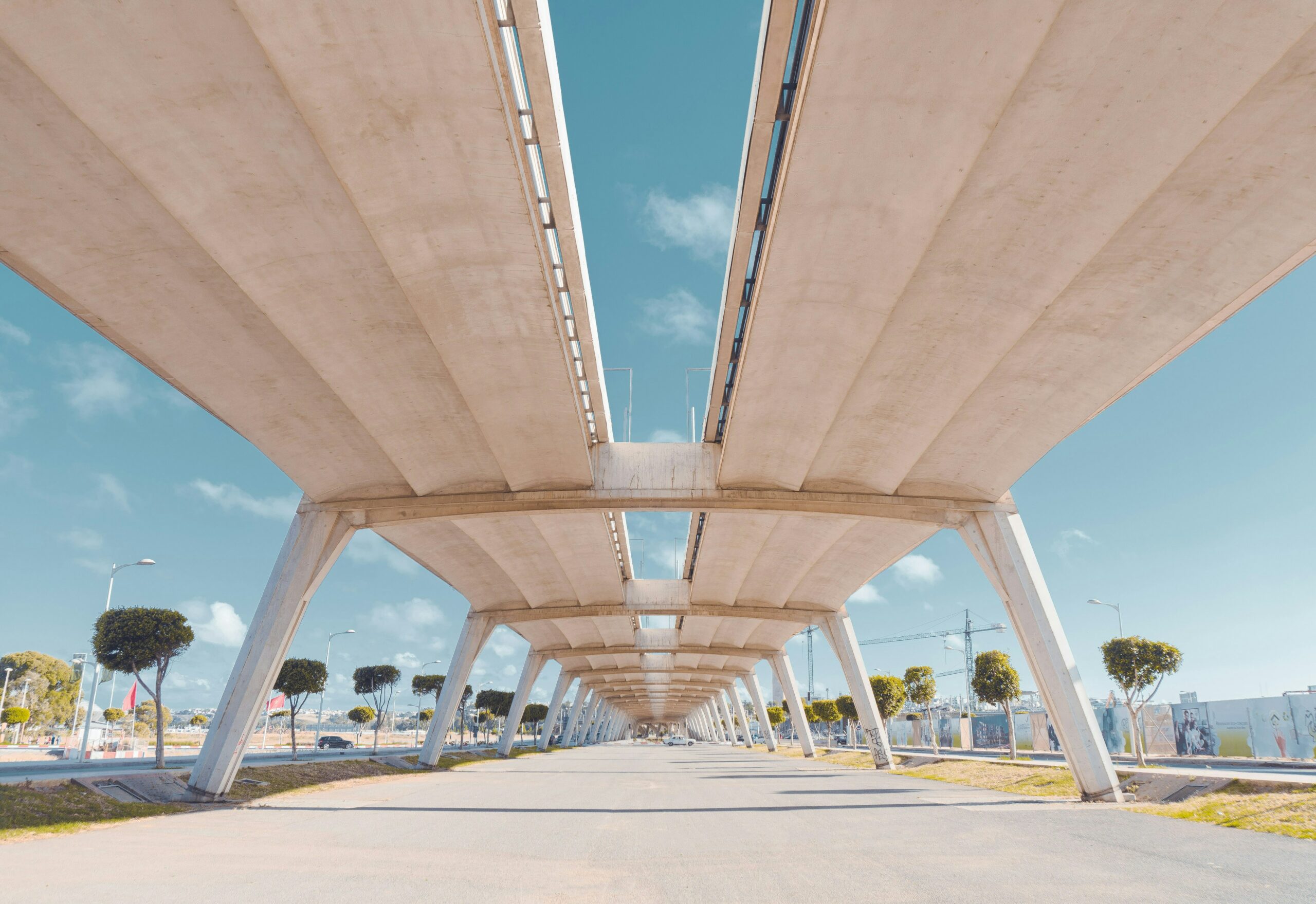Casablanca – As Morocco continues to battle against the effects of a long-lasting drought, the country’s water reservoirs have reached concerning levels, with the national filling rate standing at just 28.38% as of January 6, 2025. While recent rainfall has provided some relief, the overall situation remains dire, with water reserves only reaching 4.779 billion cubic meters—well below what is needed to ensure long-term water security.
According to data from the Ministry of Equipment and Water, the current rate of water in the dams is slightly improved compared to the same time last year, when the filling rate was only 23.2%. However, despite this modest increase, the continuing lack of significant rainfall over the past years has led to a severe water deficit, raising alarms about the potential long-term impacts on agriculture, industry, and daily life.
The most notable changes in reservoir levels have occurred in a few key dams. The Sidi Mohammed Ben Abdullah (Rabat) dam has seen the largest increase, with stored water rising by nearly 190 million cubic meters. Similarly, the Al Massira and Mansour Eddahbi (Ouarzazate) dams also experienced modest increases in their volumes. However, not all reservoirs have seen improvements—some have faced a decline in their filling rates, such as the Sidi Mohammed Ben Sulaiman Al-Jazouli (Marrakech) dam and the Ganzra dam (Khemisset), which both recorded reductions in water levels.
While rainfall has had a positive effect on some regions, particularly in the northern and southern parts of the country, the impact has been limited. This is especially concerning as several of Morocco’s major basins, including those in the Sebou and Souss Massa regions, continue to struggle with significant water shortages. The government has been proactive in addressing the water crisis, but the ongoing issue of dwindling water resources, exacerbated by climate change, remains a major concern for the Kingdom.
Morocco has been experiencing below-average precipitation levels for nearly six years, with rainfall now more than 40% below normal in many areas. Groundwater resources have dwindled, and water storage in dams is at a critical low. These conditions have made it increasingly difficult to meet the growing demand for water in both urban and rural areas.
The government has responded with a range of measures to address the water shortage, including investment in desalination plants, water-saving initiatives in agriculture, and stricter regulations for water-intensive industries. However, experts agree that these efforts will not be enough without a comprehensive, long-term strategy to manage the country’s water resources and mitigate the impacts of climate change.
King Mohammed VI has underscored the importance of responsible water usage, calling it a national duty in his recent Throne speech. He urged all Moroccans to actively participate in water conservation efforts to ensure the country’s future water security. The government’s vision for managing water resources includes strengthening regional connections between basins and enhancing water management practices in agriculture and industry.
Despite the challenges, Morocco’s proactive approach offers some hope. The significant increase in dam storage levels, although not enough to resolve the crisis entirely, signals a positive shift. However, with water levels still critically low in many regions, there is a pressing need for continued efforts to address the water shortage and ensure that the Kingdom is prepared for future water security challenges. Without swift and sustainable actions, the country risks facing even more severe consequences, particularly in the face of ongoing climate variability.

